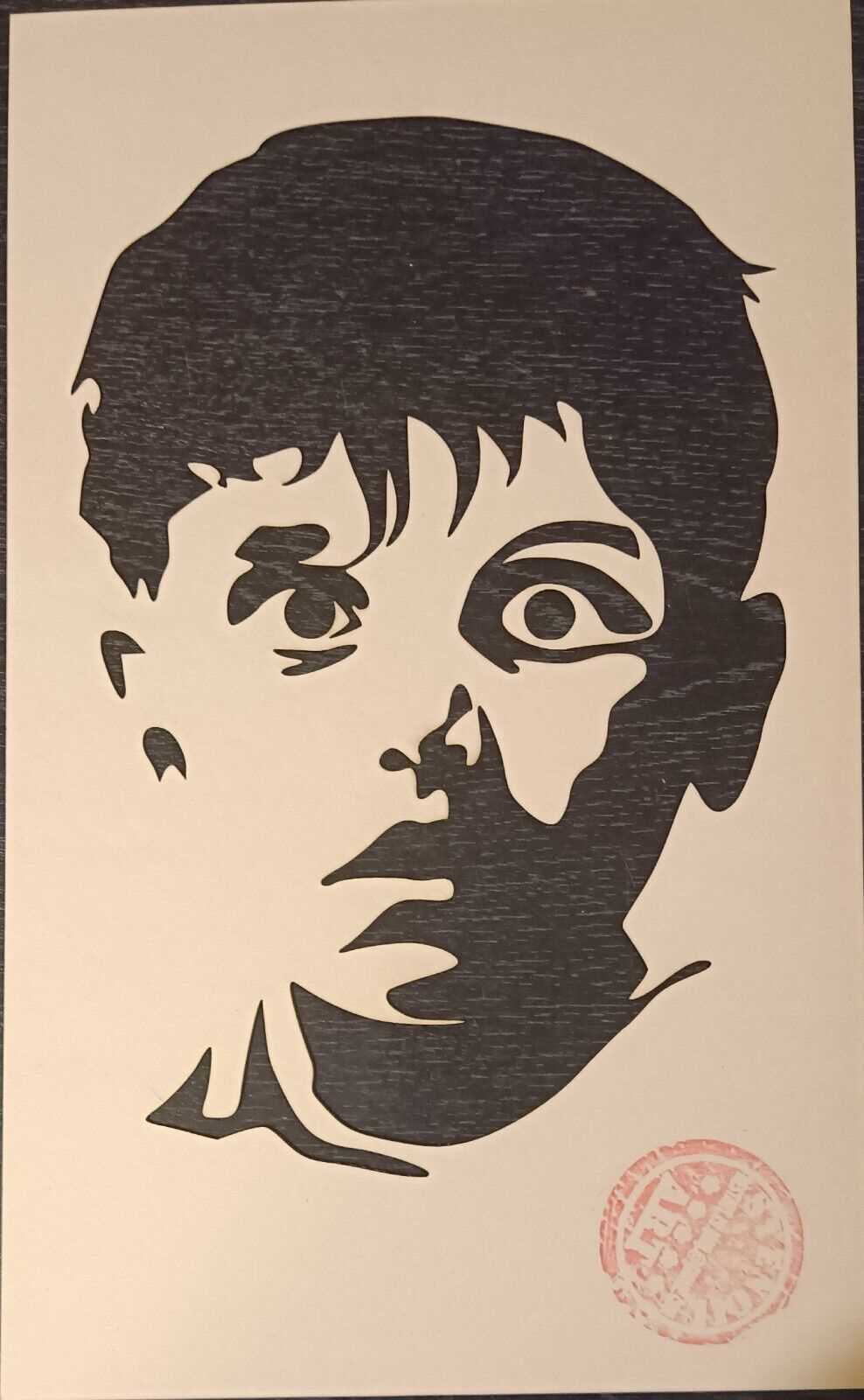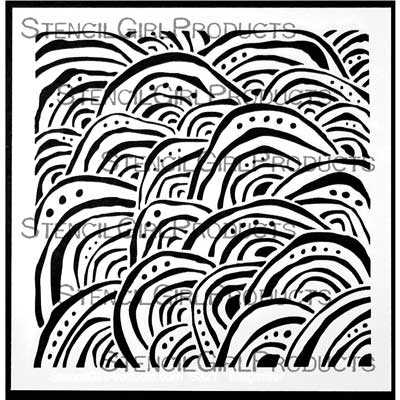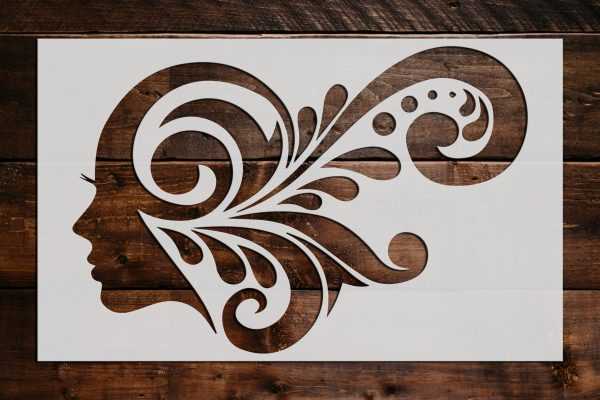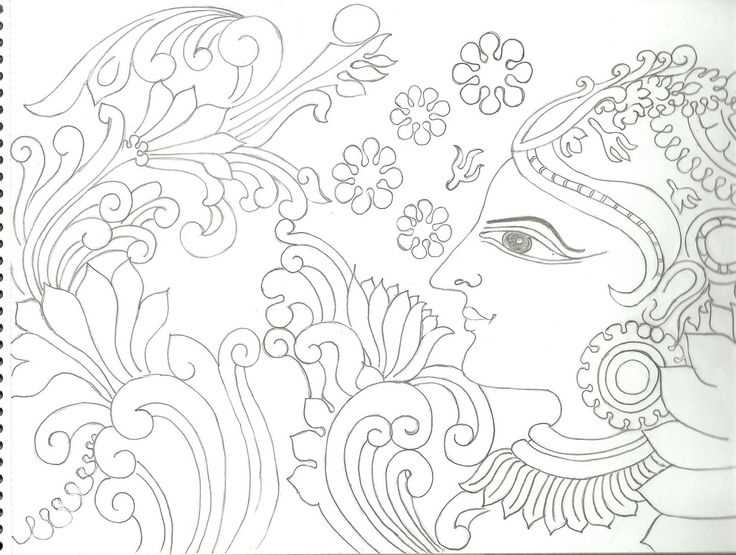
Stencil art is a unique and eye-catching form of street art that has gained popularity in recent years. It involves the use of stencils, which are typically cut out of cardboard or other materials, to create intricate and detailed designs on various surfaces. Stencil artists create their artwork by spraying paint over the stencil onto a surface, creating a bold and vibrant image.
One of the main attractions of stencil art is its versatility. Artists can create stencils of any image or design, allowing for endless possibilities and creativity. The use of stencils also makes it easier to reproduce the same design multiple times, making stencil art a popular choice for street artists who want to create large-scale murals.
Stencil art has a long and rich history, dating back to ancient times. Stencil techniques were used by various civilizations, including the ancient Egyptians, Greeks, and Chinese, to create patterns and designs on various objects. In the modern era, stencil art gained popularity in the early 20th century with the rise of street art and graffiti culture.
Today, stencil art can be seen in cities around the world, adorning walls, buildings, and public spaces with its vibrant and thought-provoking designs. It has become a form of artistic expression and a way for artists to make a statement about social and political issues. From small, intricate pieces to large-scale murals, stencil art continues to captivate and inspire viewers with its bold and visually striking aesthetic.
Tagging
Tagging serves multiple purposes in stencil art. Firstly, it helps in identifying the artist behind a particular artwork. Just like a signature on a painting, a tag on a stencil art piece provides a means of recognition for the artist. It allows them to establish their presence within the street art community and develop a following.
Additionally, tagging can also be seen as a form of self-expression and a way to communicate messages. Artists often use their tags to convey their thoughts, beliefs, or promote social and political causes. By adding a tag to their stencil art, they are able to make a statement and engage with the viewers on a more personal level.
The Evolution of Tagging
Tagging has a long history and has evolved significantly over time. It originated in the graffiti culture of the 1970s and was initially used as a way for artists to leave their mark on public spaces. These tags were often simple, stylized versions of the artist’s name or nickname.
However, as stencil art gained popularity, tagging also evolved to incorporate more complex and artistic elements. Artists started experimenting with different fonts, symbols, and graphic elements to create unique and visually appealing tags. These tags became an integral part of stencil art, with artists focusing not only on the main design but also on the accompanying tag.
The Role of Tagging in Stencil Art
In stencil art, tagging plays a crucial role in establishing the identity and style of the artist. It helps in creating a recognizable brand and distinguishing one artist from another. Tags can also serve as a form of promotion, as viewers can easily identify and associate a tag with a particular artist’s work.
Furthermore, tagging adds an element of authenticity to stencil art. It signifies that the artwork is not just a random stencil, but the creation of a specific artist. It adds a personal touch and establishes a connection between the artist and the viewer. Tags also make it easier for collectors and enthusiasts to track and identify different stencil artworks and artists.
| Advantages of Tagging: | Disadvantages of Tagging: |
|---|---|
| – Helps in artist recognition | – Can lead to vandalism if done without permission |
| – Adds a personal touch to the artwork | – Some tags may be offensive or controversial |
| – Serves as a form of self-expression | – Tags can be easily removed or covered up |
| – Establishes a connection between the artist and the viewer | – Tags may distract from the main artwork |
Graffiti

Graffiti is a form of street art that involves creating visual images or designs on public surfaces using various tools and techniques. It is often considered an illegal activity, as it is typically done without permission on private property. However, graffiti has also gained recognition as a legitimate art form and has been embraced by local communities and art enthusiasts.
Graffiti dates back to ancient times, with examples found in ancient Egypt, Greece, and Rome. However, modern graffiti as we know it emerged in the 1960s and 1970s in the streets of New York City and Philadelphia. It was initially associated with urban decay and seen as a form of rebellion against societal norms.
Styles of Graffiti
There are several different styles of graffiti that can be seen in urban environments:
- Tagging: This is the most basic form of graffiti, consisting of the writer’s name or tag drawn using simple lettering.
- Throw-up: Throw-ups are larger and more elaborate versions of tags, often featuring bubble letters and additional colors.
- Piece: Short for “masterpiece,” a piece is a more intricate and detailed piece of graffiti artwork, often featuring characters and complex lettering.
- Mural: Graffiti murals are large-scale works of art that cover entire walls or buildings. They can be commissions or unauthorized works, depending on the situation.
Legal Issues

Graffiti is often seen as vandalism and illegal activity, as it involves defacing public and private property without permission. Laws regarding graffiti vary by country and jurisdiction, with some places imposing hefty fines and even jail time for those caught in the act. However, there are also cities and communities that have embraced graffiti as a form of artistic expression, creating designated spaces and legal walls for artists to showcase their talents.
Despite its controversial nature, graffiti continues to thrive as an underground art movement. Many talented graffiti artists have gained international recognition, using their skills to create thought-provoking and visually stunning artworks. Graffiti has also influenced other art forms such as street art, stencil art, and urban photography, contributing to the overall cultural landscape of cities around the world.
Spray paint
Spray paint is a major tool used in stencil art. It allows artists to quickly and effectively apply paint to a surface, creating bold and vibrant images.
One of the advantages of spray paint is the ability to achieve smooth and even coverage. The aerosol can distributes the paint in a fine mist, resulting in a uniform layer of color. This is particularly important in stencil art, where crisp lines and clean edges are crucial.
Another benefit of spray paint is its fast-drying nature. The paint dries rapidly, allowing artists to work quickly and build up layers of color without waiting for the paint to dry between each application. This speed and efficiency are especially desirable for artists working on large scale pieces.
Spray paint also offers a wide range of colors and finishes, allowing artists to explore their creativity and create unique effects. From glossy to matte, metallic to fluorescent, the options are endless. Additionally, spray paint can be easily mixed or layered to achieve custom colors and gradients.
However, it is important to note that spray paint can be hazardous if not used properly. Artists should work in well-ventilated areas and use protective gear, such as masks and goggles, to prevent inhalation of fumes and contact with the eyes.
Wall Murals
If you are looking to enhance the aesthetic appeal of your walls, wall murals are a fantastic option. Wall murals are large-scale artworks that are directly painted or printed on walls, creating a stunning visual impact. They serve as a great way to add personality and character to any space, whether it’s a home, office, or public area.
Wall murals come in various styles and designs, making it easy to find the perfect match for your taste and interior decor. From abstract patterns and nature scenes to cityscapes and famous artworks, the options are virtually limitless. Whether you prefer a bold and vibrant mural or a minimalist and subtle design, you can always find something that suits your vision.
One of the advantages of wall murals is their ability to transform a room into a unique and immersive environment. By choosing the right mural, you can create the illusion of more space, add depth, or even transport yourself to a different time or place. This makes wall murals a popular choice for not only homeowners but also businesses, schools, and institutions looking to create a memorable atmosphere.
Wall murals are not only visually appealing but also durable and long-lasting. With advancements in technology, high-quality materials are used, ensuring that the murals can withstand the test of time. They are resistant to fading, moisture, and everyday wear and tear, making them a worthwhile investment that will continue to enhance your walls for years to come.
Whether you choose a ready-made design or opt for a custom-made mural, the installation process is relatively straightforward. Depending on the size and complexity of the mural, it can be achieved through various techniques, including hand-painting, stenciling, or digitally printing and applying the mural to the wall. Hiring a professional muralist or installer is recommended to ensure a flawless and professional finish.
Urban Environment

The urban environment serves as a vibrant canvas for stencil artists. With its bustling streets, towering buildings, and diverse cultures, cities provide a rich backdrop for the art form.
Stencil art has flourished in urban environments due to the accessibility and visibility it offers. Artists can use buildings, walls, or public spaces to create their intricate stencils, instantly capturing the attention of passersby.
Moreover, the raw and gritty nature of the urban environment aligns perfectly with the rebellious spirit of stencil art. The juxtaposition of a delicate stencil against a weathered wall can create a captivating visual contrast that evokes a sense of intrigue and rebellion.
Another significant influence of the urban environment on stencil art is the diversity it fosters. Cities are melting pots of cultures, ideas, and experiences, and stencil artists often draw inspiration from this diversity. They incorporate various symbols, icons, and motifs from different cultures, creating artwork that resonates with a wide range of viewers.
The transient nature of the urban environment also adds a layer of excitement to stencil art. These artworks can be ephemeral, as they may fade, get covered by subsequent artwork, or be removed altogether. This impermanence brings an element of surprise and delight to both the artists and the audience.
Artistic Expression

Stencil art is a unique form of artistic expression that combines cutting-edge design techniques with an ancient tradition of stenciling. Artists who work in this medium use stencils to create intricate and detailed artworks that can be found in various forms, such as street art, paintings, and prints.
History of Stencil Art

The history of stencil art can be traced back to ancient times, where stencils were used for decorative purposes and to create patterns on various surfaces. Stenciling techniques were especially popular in ancient China and Japan, where intricate designs were created using this method.
Modern Approach to Stencil Art
In recent years, stencil art has gained popularity among contemporary artists who seek to push the boundaries of traditional art forms. This modern approach to stencil art allows artists to experiment with different materials, techniques, and subject matters.
One of the unique aspects of stencil art is its ability to convey powerful messages and social commentary. Many artists use this medium to address political, social, and environmental issues. By juxtaposing different symbols, images, and colors, stencil artists can engage viewers in a thought-provoking dialogue about the world we live in.
Techniques and Materials

The process of creating stencil art involves several steps. First, artists design their artwork and then cut out the desired shapes from a stencil material, such as acetate or cardboard. The stencil is then placed on a surface, and paint or ink is applied using brushes, spray cans, or rollers. The stencil is carefully removed, revealing the final artwork.
Artists often use layering techniques to create depth and texture in their stencil art. By layering different stencils and colors, artists can achieve intricate and visually captivating compositions.
Stencil art can be created on a variety of surfaces, including canvas, walls, paper, and even clothing. This versatility allows artists to explore different mediums and create unique pieces of art.
Conclusion

Stencil art offers a creative outlet for artists to express their ideas, emotions, and perspective on the world. Whether through thought-provoking social commentary or visually stunning compositions, stencil art has become a powerful form of artistic expression that continues to captivate viewers around the world.

I am a mural enthusiast and a fervent admirer of street art. Rather than creating murals myself, I am passionate about collecting them. My love for street art knows no bounds. I am dedicated to curating and cherishing these artworks that grace the streets. My collection stands as a testament to my profound appreciation for this form of artistic expression.
read about me



